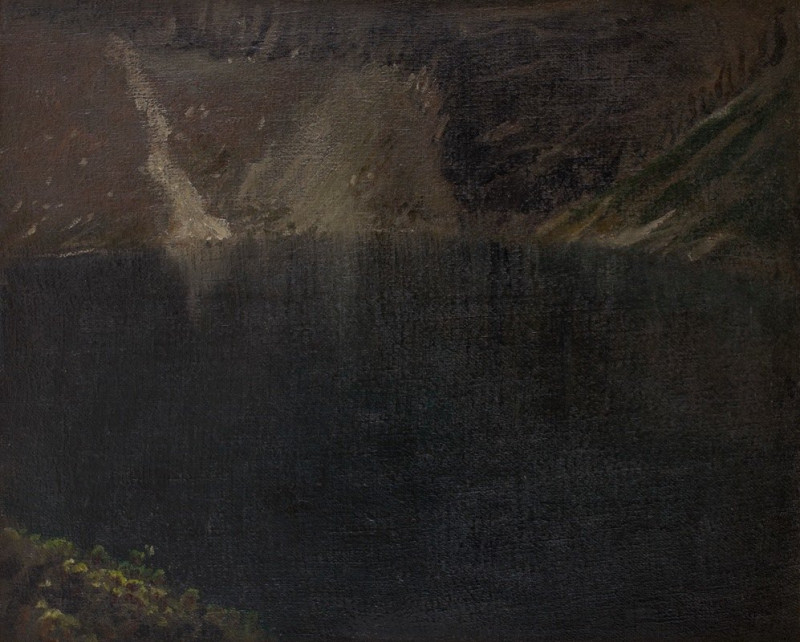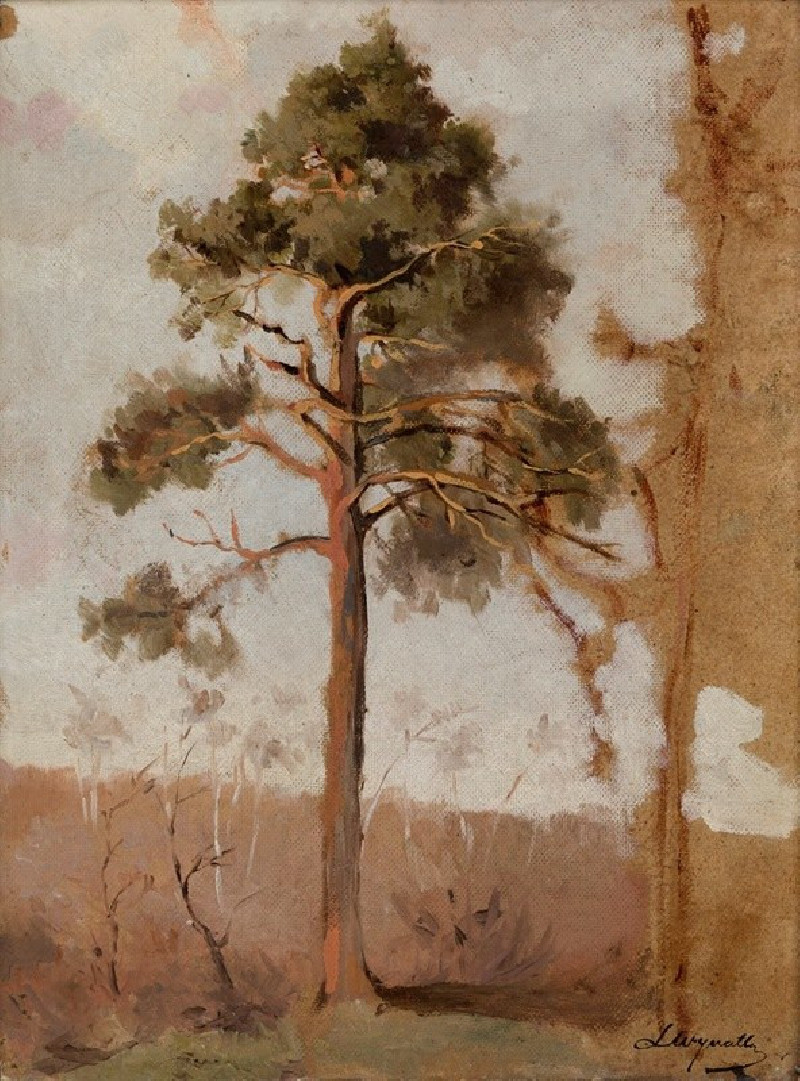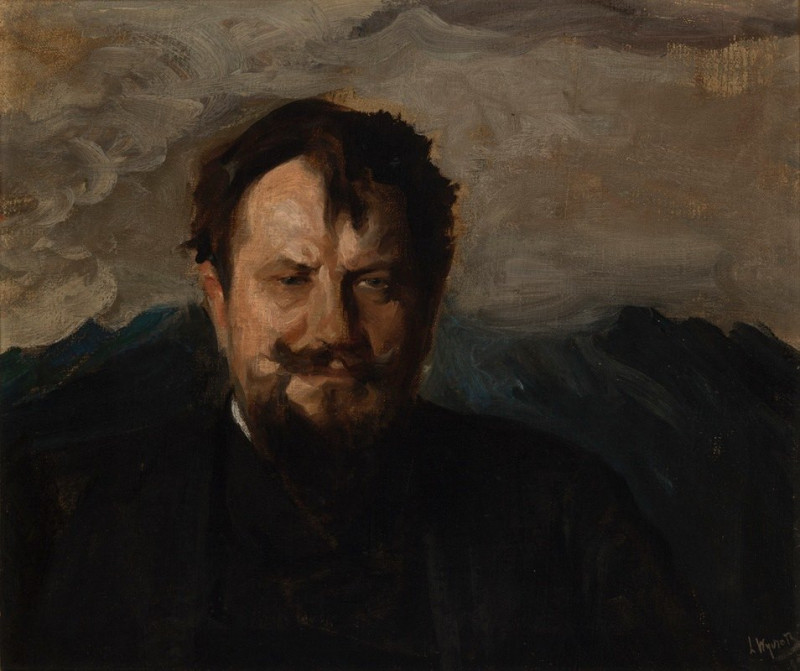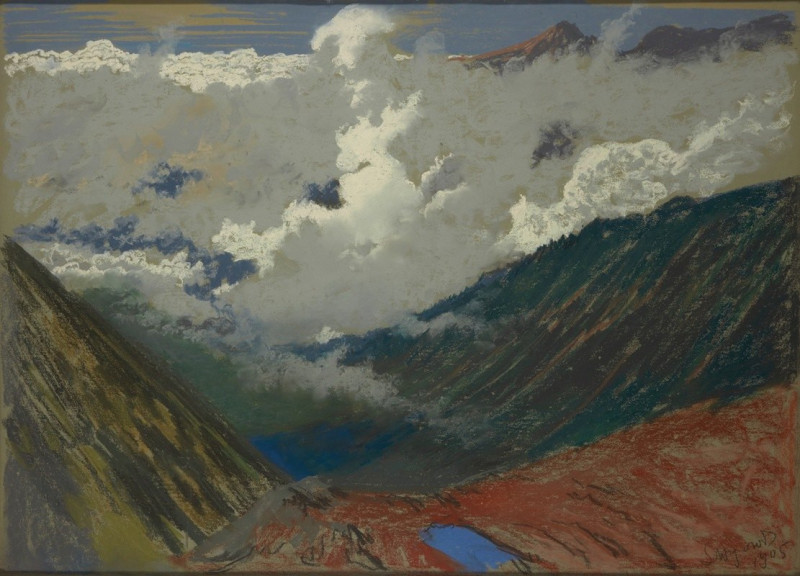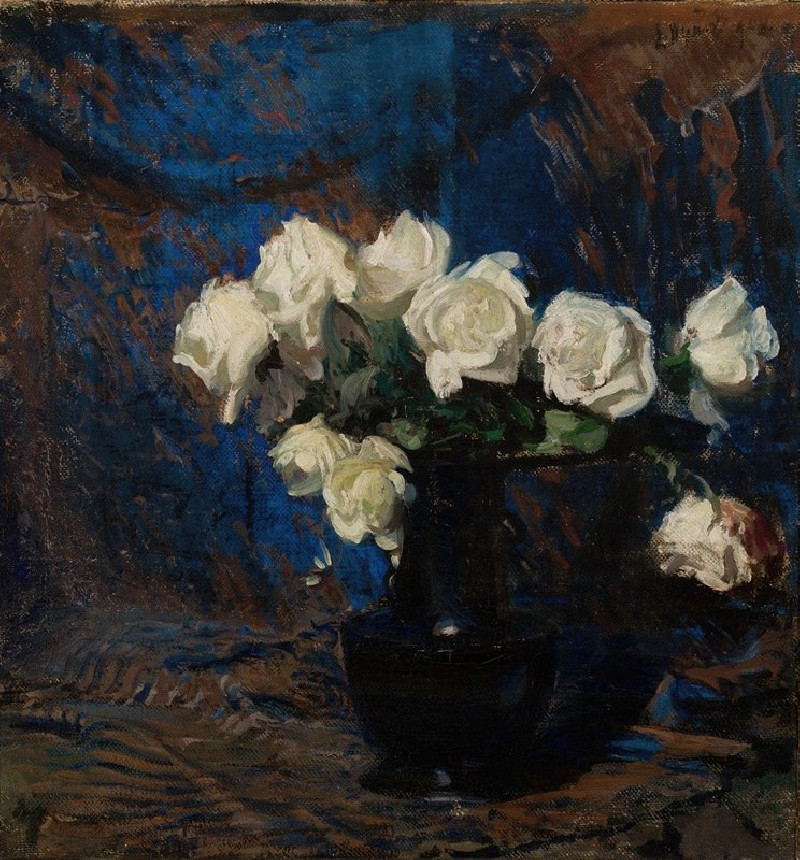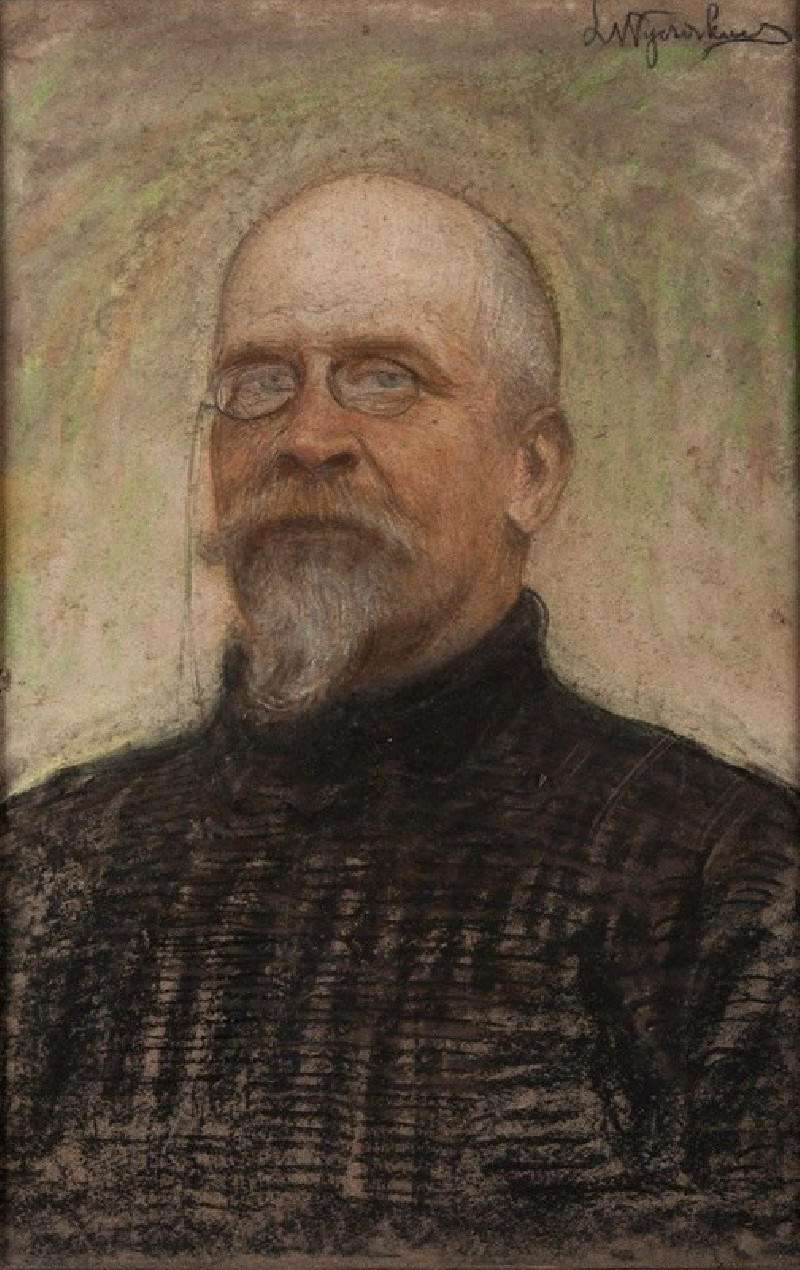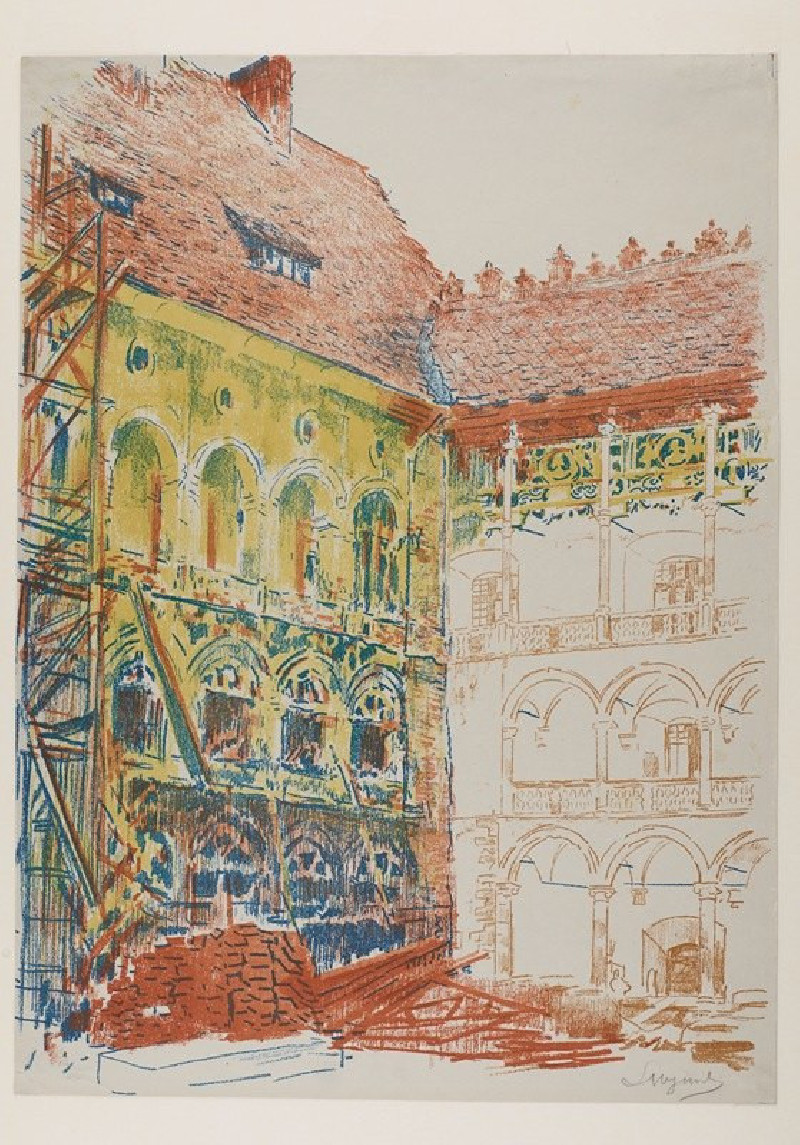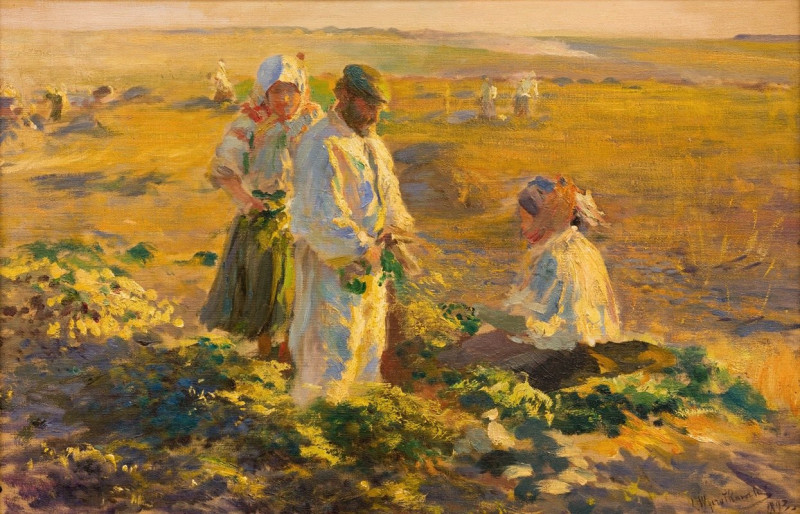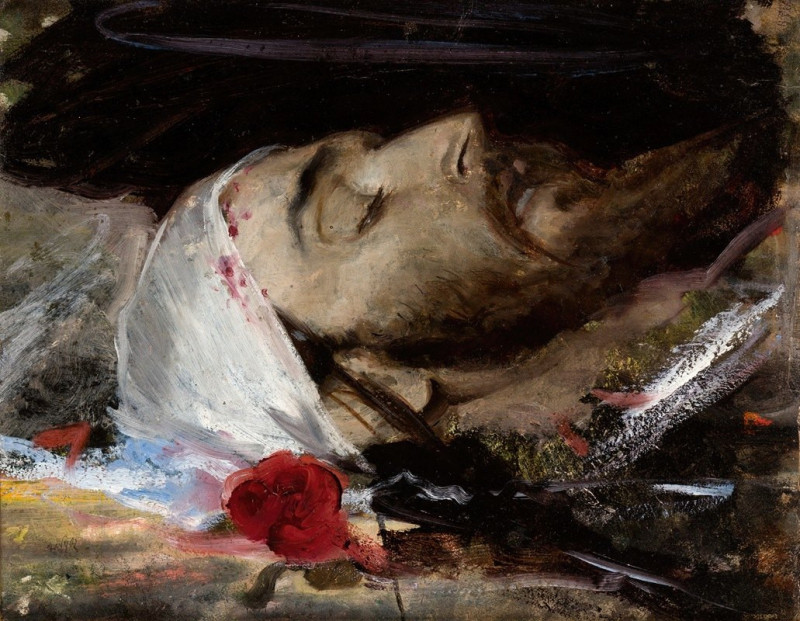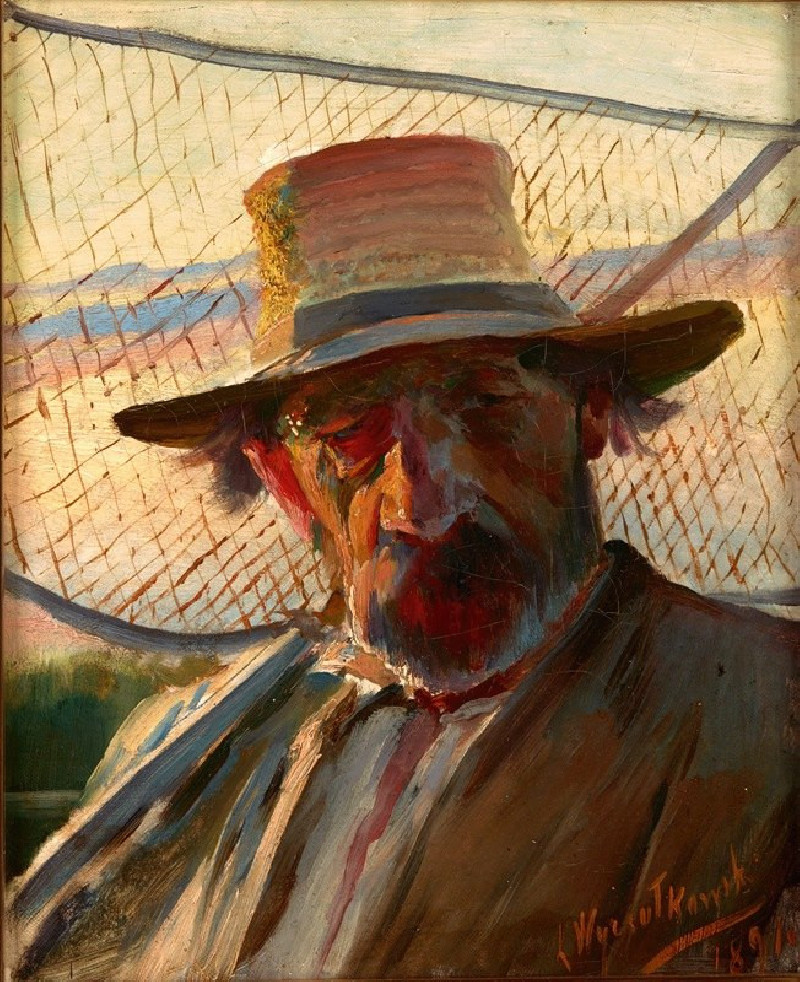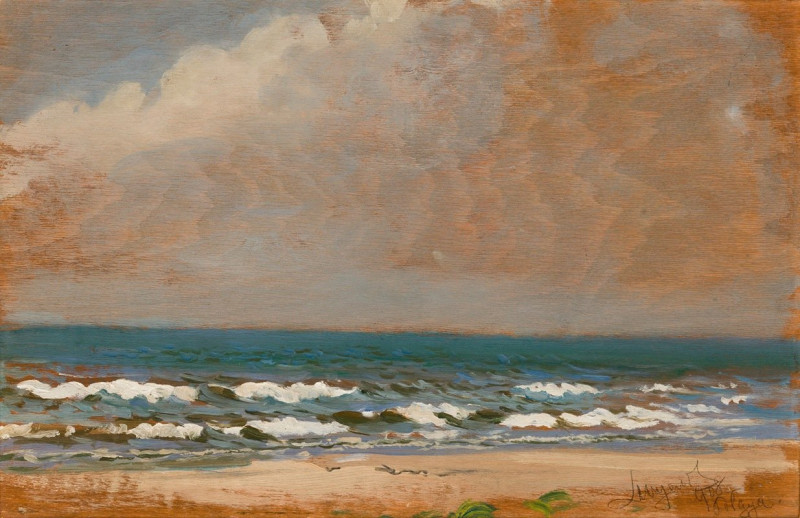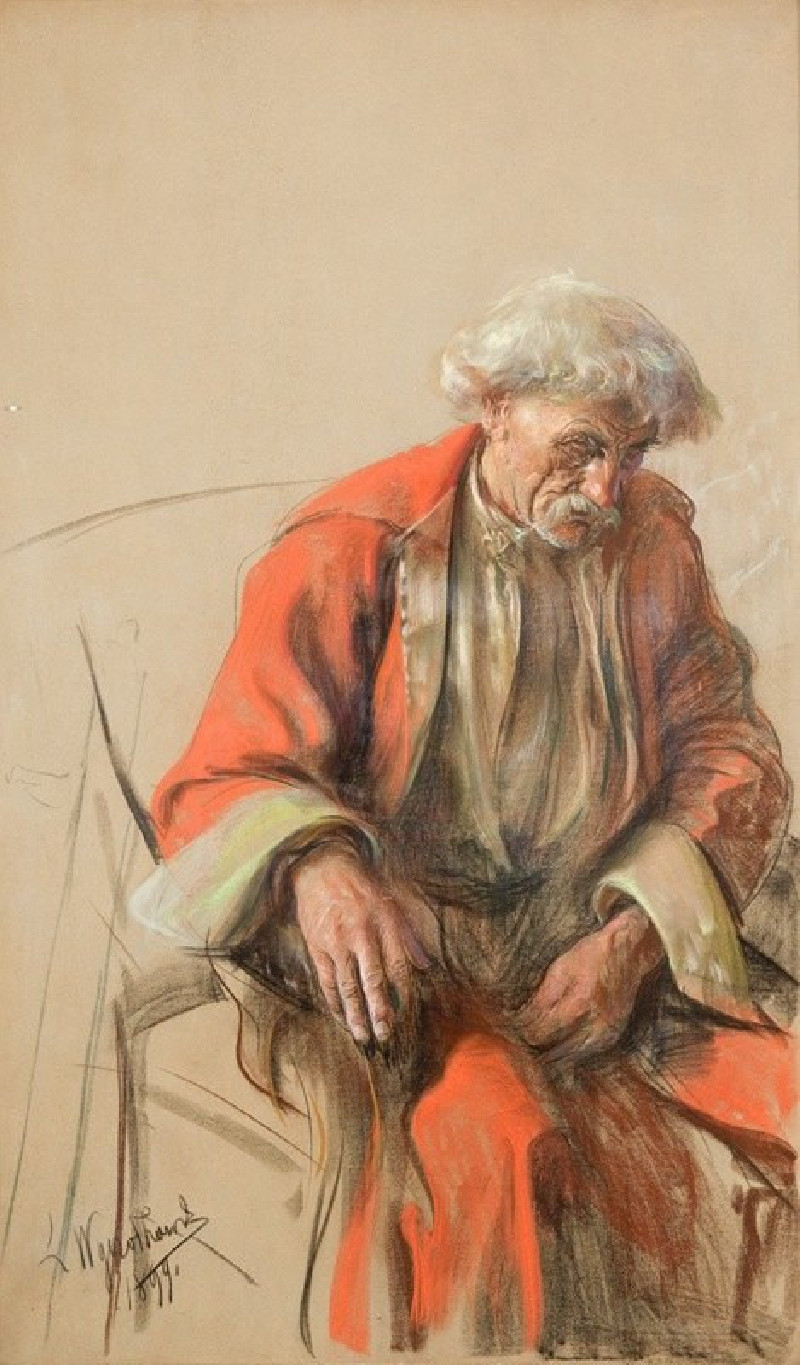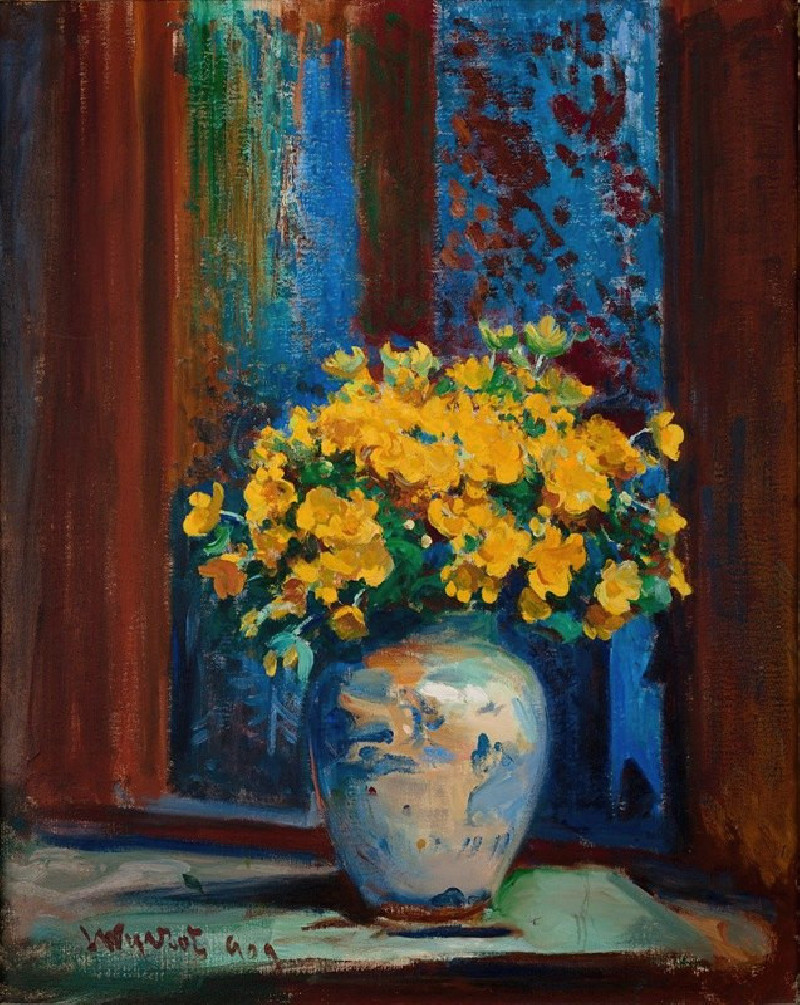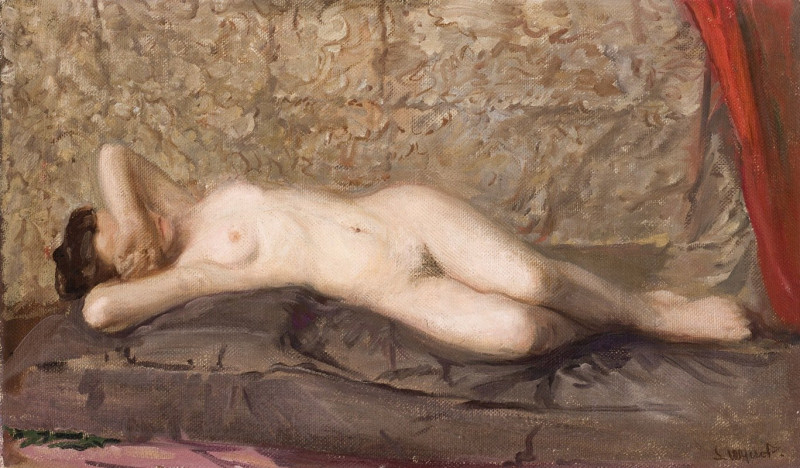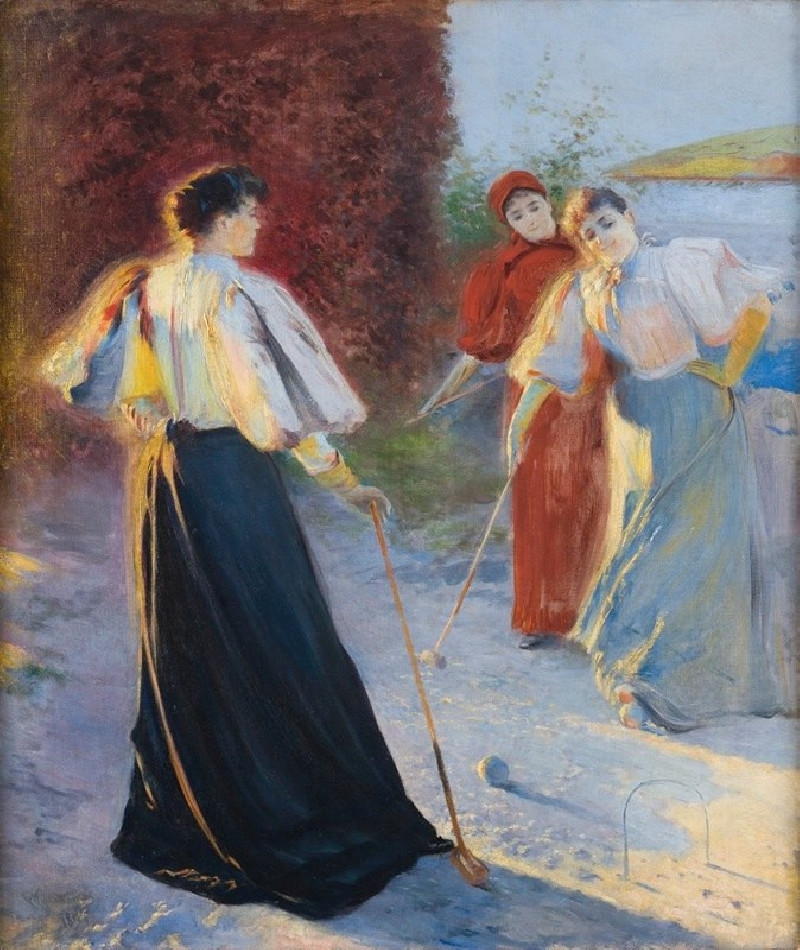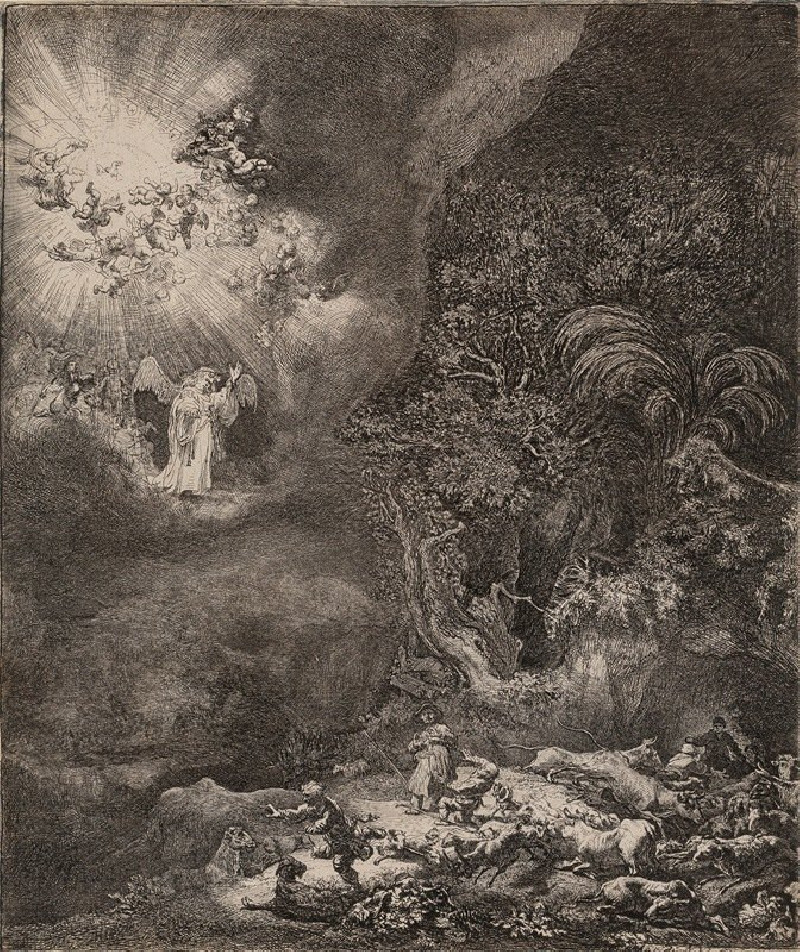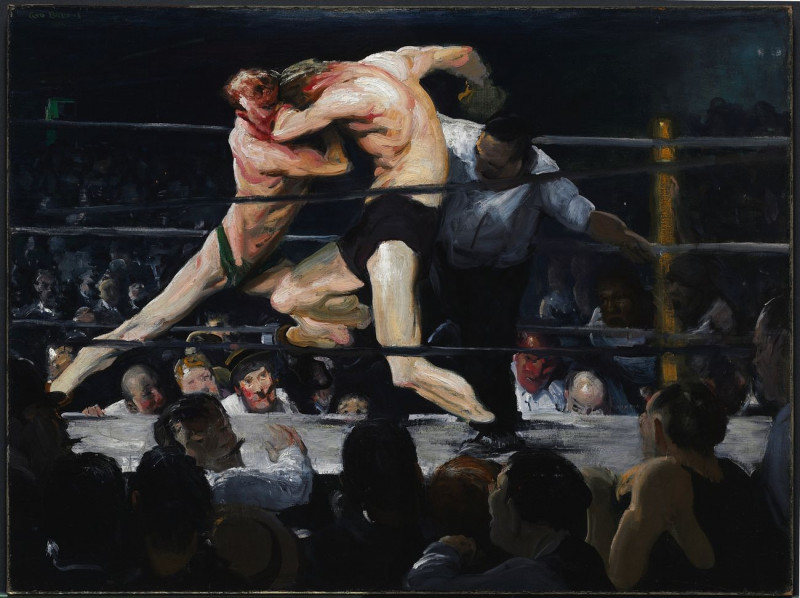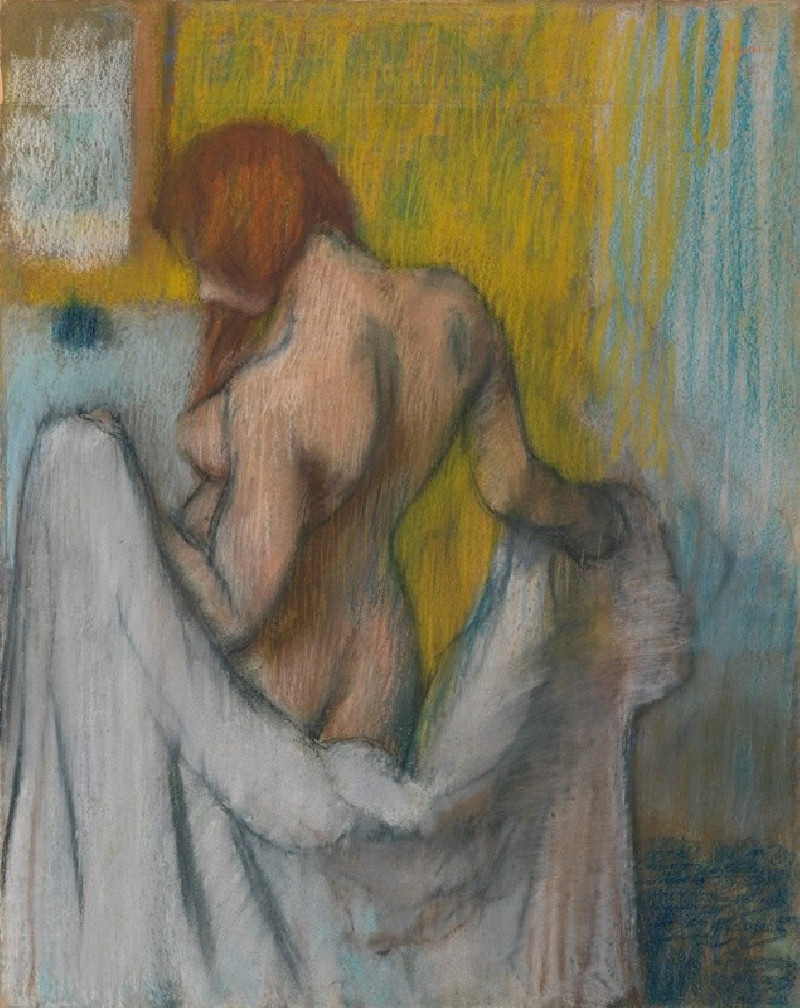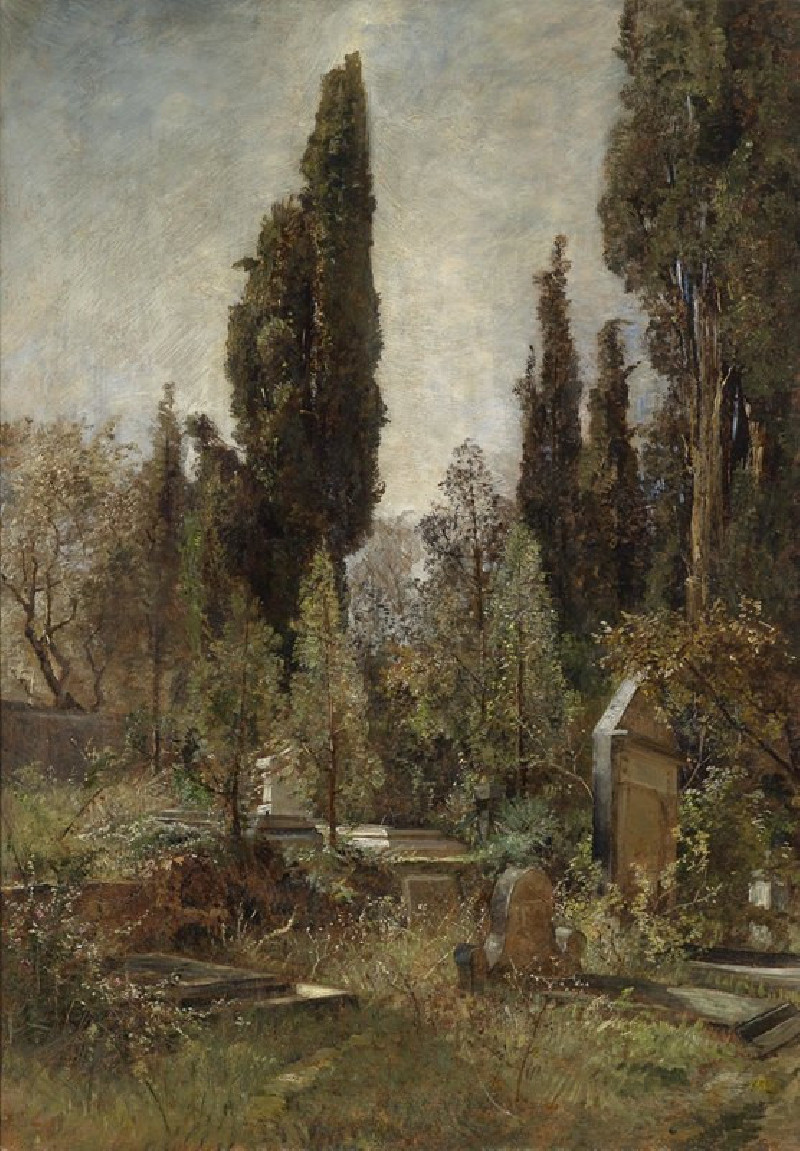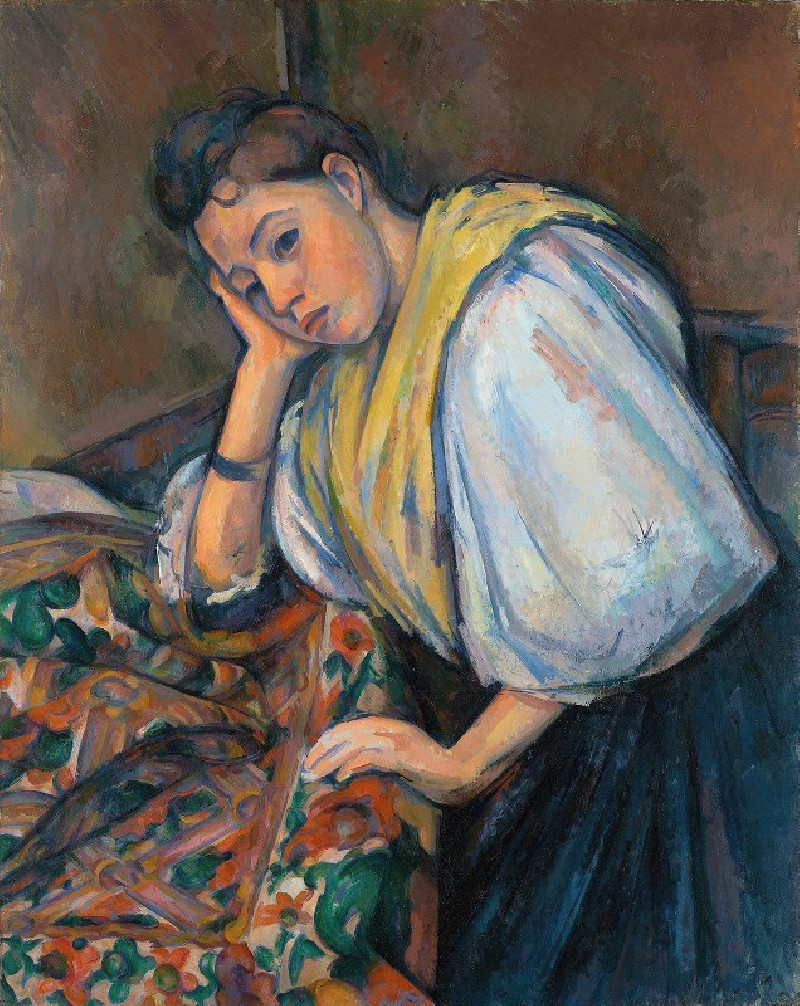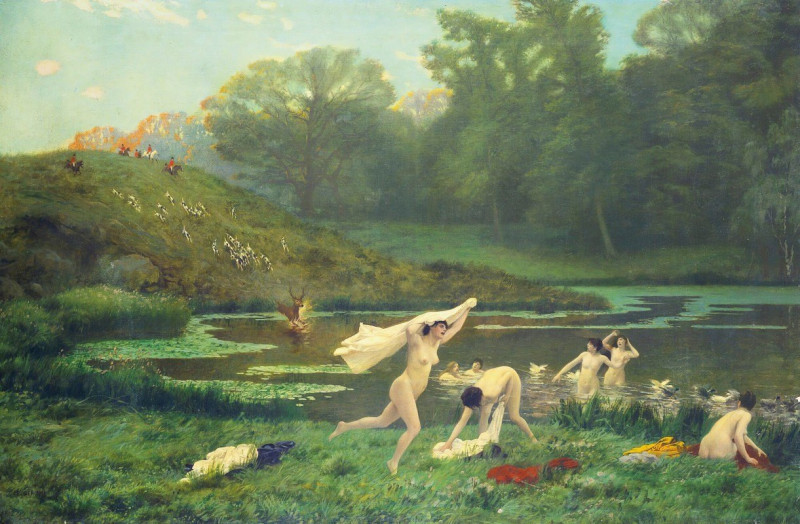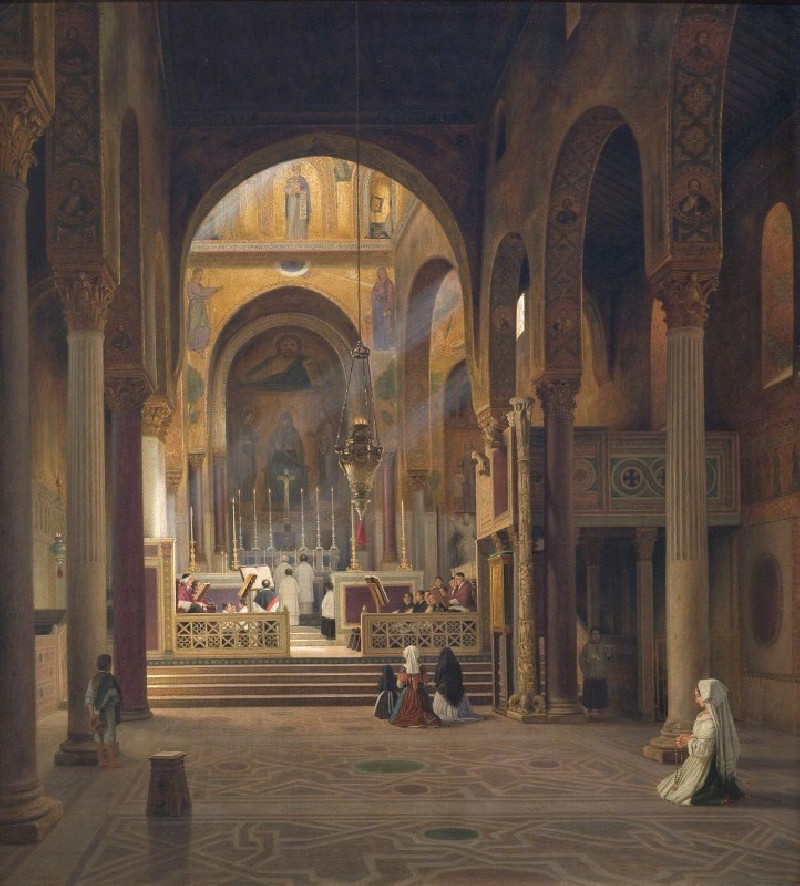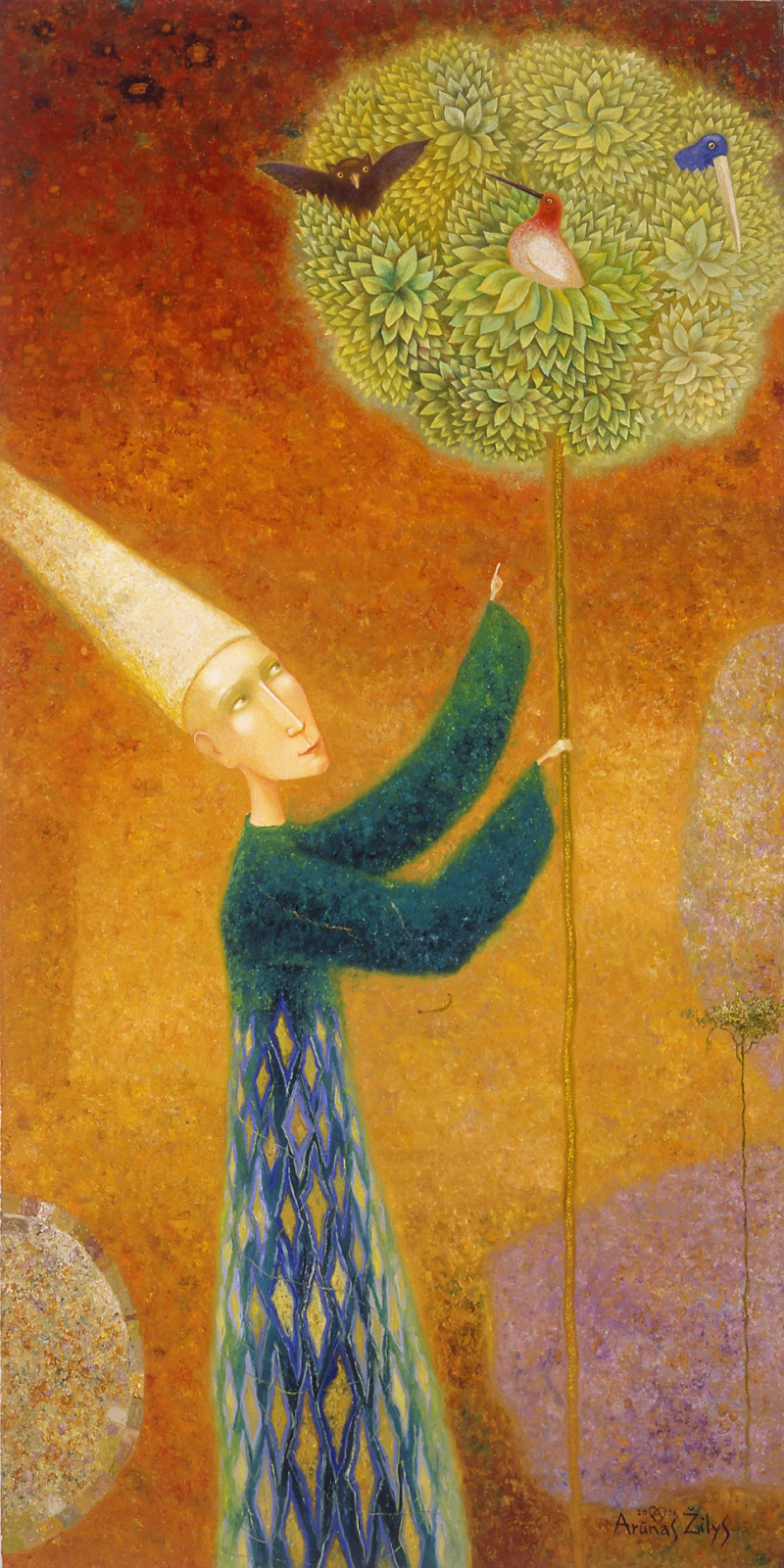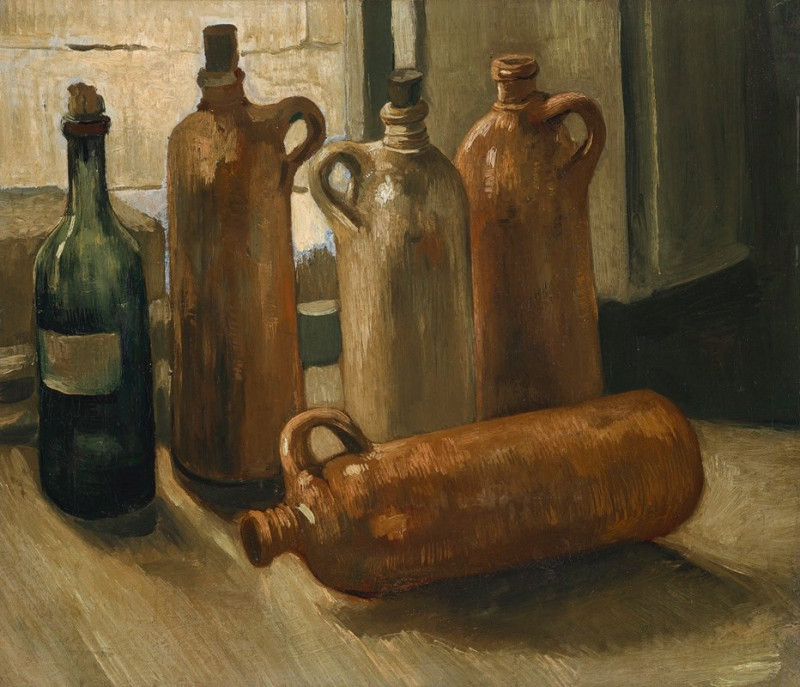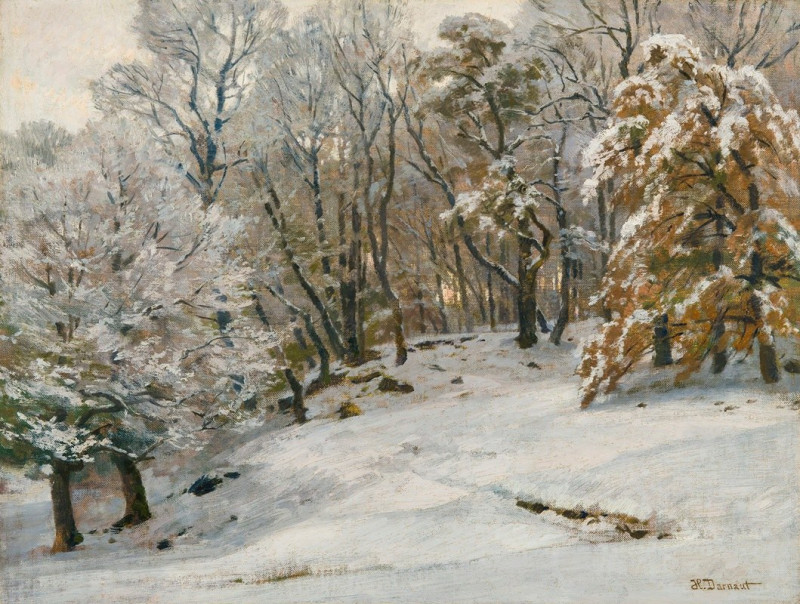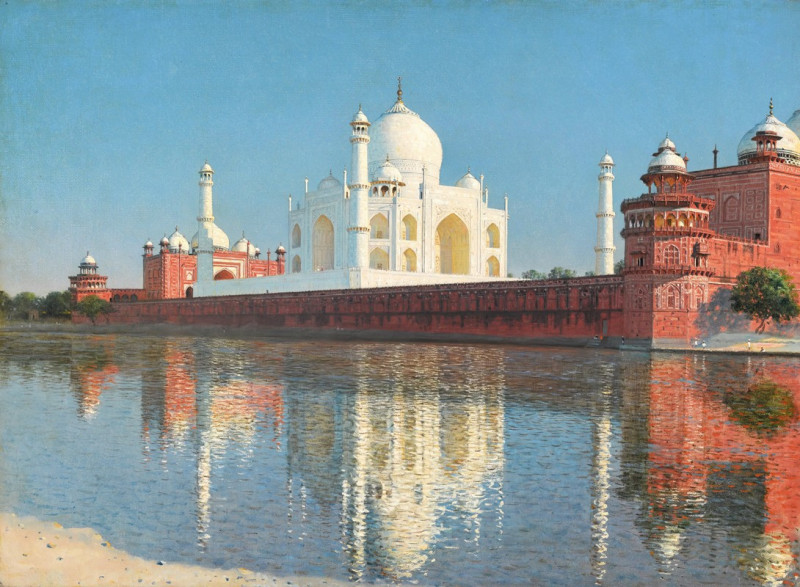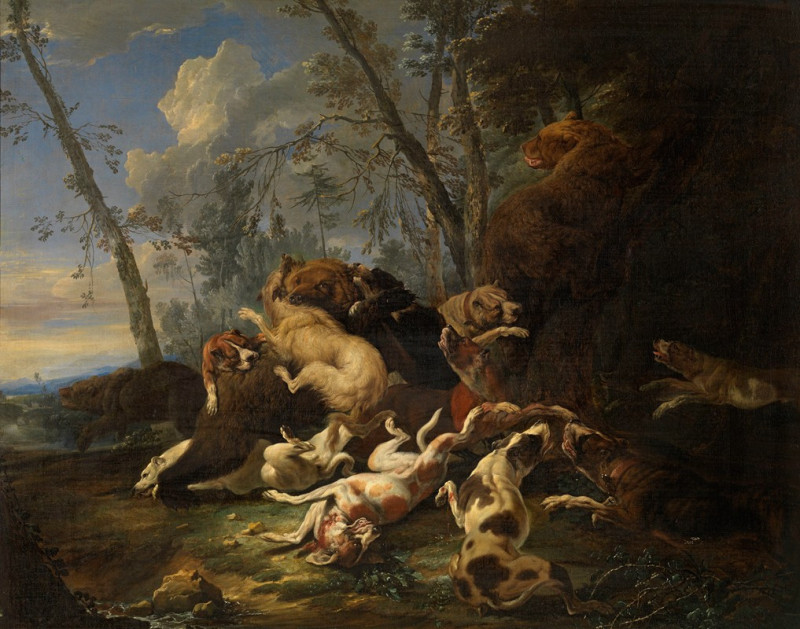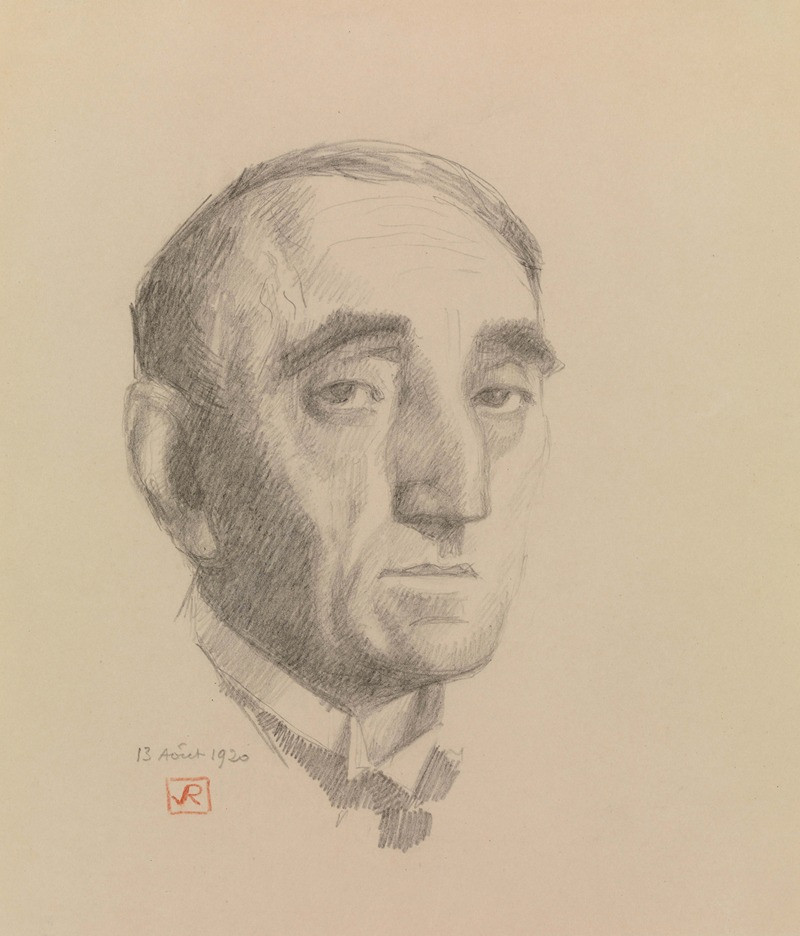Czarny Staw (Black Lake) (1906)
Technique: Giclée quality print
Recommended by our customers
More about this artwork
"Czarny Staw" (Black Lake), painted in 1906 by the illustrious Polish artist Leon Wyczółkowski, is a remarkable depiction of atmospheric and geographical brilliance. This painting captures the mysterious allure of one of the Tatra Mountains' hidden gems—a mountain lake shrouded in shadows and quietude.In this piece, Wyczółkowski immerses the viewer in a tranquil yet somewhat somber landscape. The lake's surface reflects a dark and enigmatic mirror image of the cliffs that rise steeply above it, highlighted by subtle touches of white and green where light manages to pierce through. This interplay of light and shadow curates a sense of depth and introspection.The artist's masterful use of dark, rich colors emphasizes the depth and stillness of the lake, inviting viewers to ponder the still waters and the secrets they might hold. The restrained palette and the deftly brushed textures make this painting not just a visual experience but an emotional journey, reflecting the solemn beauty of nature’s quiet corners.
Delivery
Returns
Leon Jan Wyczółkowski was one of the leading painters of the Young Poland movement, as well as the principal representative of Polish Realism in art of the Interbellum. From 1895 to 1911 he served as professor of the Jan Matejko Academy of Fine Arts (ASP) in Kraków, and from 1934, ASP in Warsaw. He was a founding member of the Society of Polish Artists "Sztuka" (Art, 1897).

